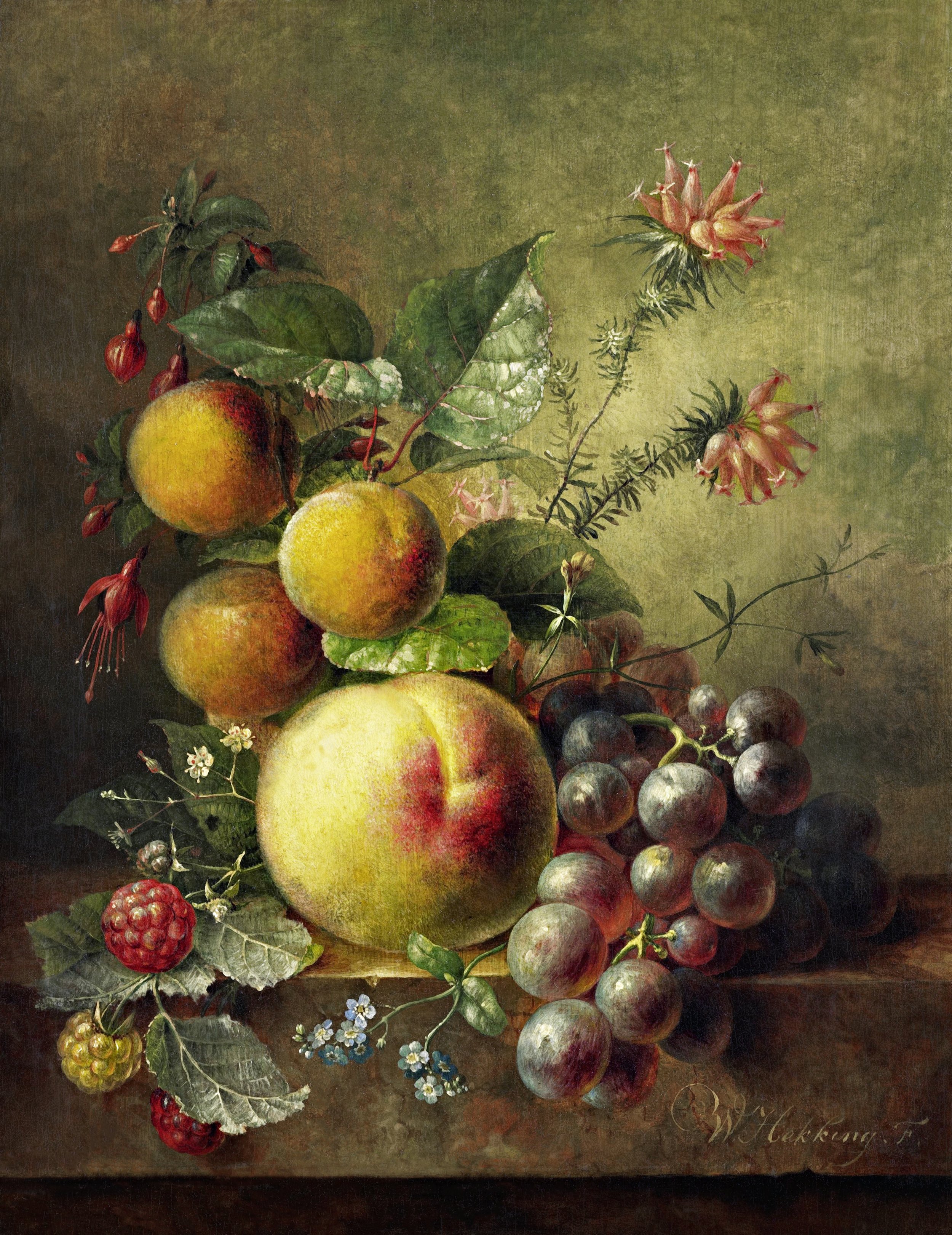
Spring Food
Irish Colcannon
One of the most significant influences on Irish cuisine was the introduction of the potato in the late 16th century. It quickly became a staple food of the Irish diet, providing a cheap and reliable source of sustenance for the rural population. However, this reliance on the potato ultimately led to the devastating Irish Potato Famine of the mid-19th century, which had a profound impact on Irish society and cuisine.
Mint and Thyme Labneh with Marinated Tomatoes and Olives
The nomadic Bedouin have produced a dry, hard labneh since ancient times, pressing it in cheesecloth between two heavy stones before sun-drying. This was an effective way to provide sustenance on journeys without worrying about supplies spoiling.
Eggs à La Suisse Toast
The publisher of The Boston Cooking-School Cook Book limited the first edition to 3,000 copies, and they were financed at Fannie Farmer’s expense. However, the author and book became so popular that later editions were referred to as simply The Fannie Farmer Cookbook, and it is still available in print over 100 years later.
Conditum Paradoxum: Ancient Roman Spiced Wine with Honey, Laurel, and Roasted Date Stones
Translated to "surprise spiced wine," Conditum Paradoxum was one of ancient Rome's most popular wine drinks, transformed with the aromas and flavors of mastic, honey, saffron, pepper, and dates. In the Levant of the 4th-century CE, a simplified version was made with just wine, honey and peppercorns.





